limestone iron sintering
2022-07-19T03:07:53+00:00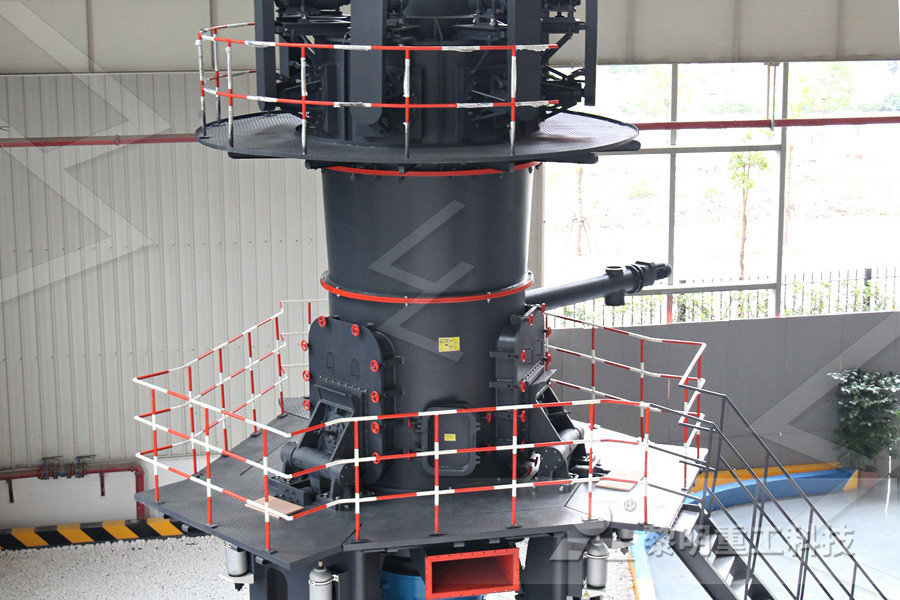
Sintering of Iron Ore Carmeuse
Sintering of Iron Ore Our quality limestone and burnt products with optimized size distribution impacts the environmental footprint of the mill by improving the sinter productivity and reducing overall energy cost and emissions IMPACT YOUR The calcined limestone reacts with the gangue constituents to form the semiliquid slag phase Reduction of hematite to magnetite by Co, initiated Fig 113: Factors involved in the granulation and sintering of iron ores The following factors play major roles in controlling the granulation characteristics of sinter mixCHAPTER11 FUNDAMENTALS OF IRON ORE SINTERING Application of limestone and lime in iron and steel plant During the production of iron by blast furnace (BF) route, limestone is added either in the process of sintering or as a direct feed in the blast furnace Limestone is normally added during ironmaking Limestone – Its Processing and Application in Iron and
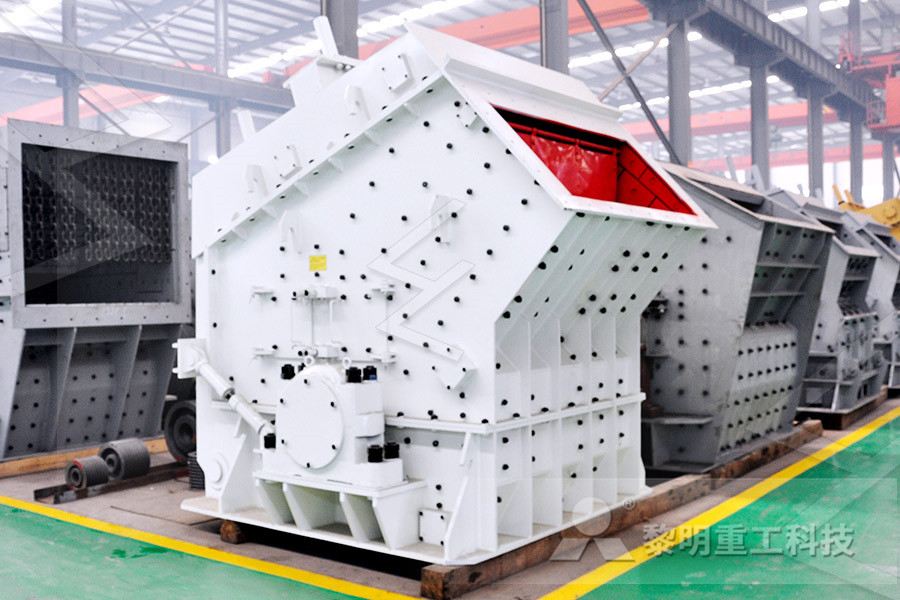
Influence of limestone particle size on iron ore sinter
In sinter plant fluxes including limestone and dolomite are added to improve the sinter properties of iron ore and to provide an appropriate slag composition of the blast furnace The raw material grain size affects the sinter process considerably because the sinter productivity and quality are strongly dependent on the green permeability of the According to the US Environmental Protection Agency, the sintering process converts finesized raw materials, including iron ore, coke breeze, limestone, mill scale, and flue dust, into an agglomerated product, sinter, of suitable size for charging into the blast furnaceSintering: A Step Between Mining Iron Ore and In the sintering process, iron ores are usually blended and mixed with fluxing materials, eg, limestone and burnt lime, and fuels (socalled agglomeration agents), Ore Sintering an overview ScienceDirect Topics
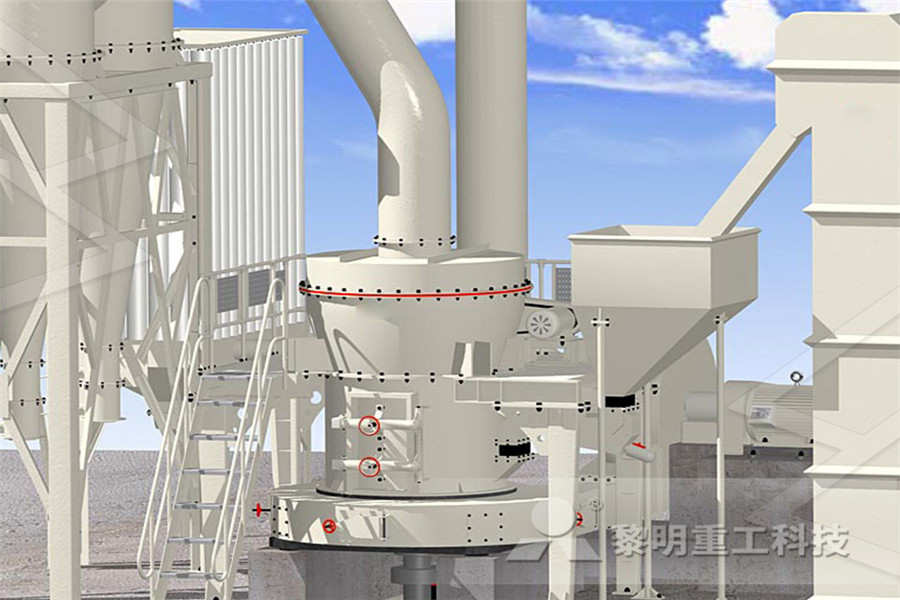
Modeling and Simulation of Iron Ore Sintering Process
constituted by the components of iron ore, coke, limestone, hematite, magnetite and water; the gas phase was assumed to be a mixture of water vapor, oxygen, carbon dioxide, carbon monoxide, nitrogen and obeyed the ideal gas law Sinter is created by mixing iron ore concentrate with several additives such as limestone and silica to control the chemistry and then igniting it at 1200°C in a continuous beltfed furnace As noted in this EPA document :The Relationship Between Mining and Sintering Modeling Sintering Process of Iron Ore Jose Adilson de Castro Graduate Program on Metallurgical Engineering Federal Fluminense University Brazil 1 Introduction In this chapter, a methodology for simulating th e sintering process of iron ore is presented In order to study the process parameters and inner phenomena, a mathematical modelModeling Sintering Process of Iron Ore IntechOpen
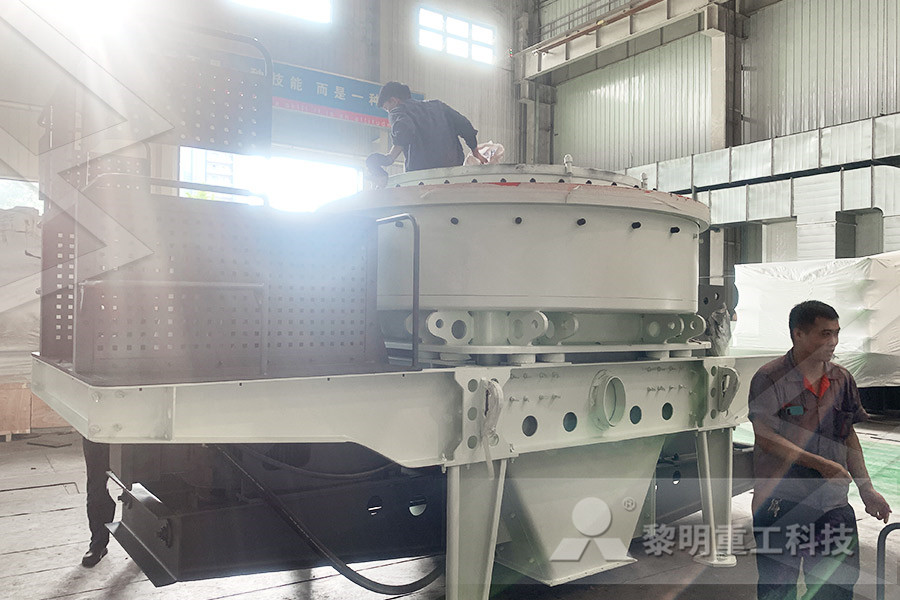
Sintering of Iron Ore Carmeuse
Our quality limestone and burnt products with optimized size distribution impacts the environmental footprint of the mill by improving the sinter productivity and reducing overall energy cost and emissions IMPACT YOUR PROFITABILITY Read case studies Read white papers Profitability Solutions: Using sinter in place of lump ore and pellets helps to reduce blast furnace fuel Sintering is one of the iron ore postprocessing steps to prepare iron ore fines for a blast furnace (another common process of iron fines agglomeration is pelletizing, but this will be part of another blog) Feed for a sinter plant consists of iron fines, coke, and flux (eg limestone) The feed is placed on a sintering bed, where thermal Efficient iron sintering process control Materials Talks The calcined limestone reacts with the gangue constituents to form the semiliquid slag phase Reduction of hematite to magnetite by Co, initiated Fig 113: Factors involved in the granulation and sintering of iron ores The following factors play major roles in controlling the granulation characteristics of sinter mixCHAPTER11 FUNDAMENTALS OF IRON ORE SINTERING
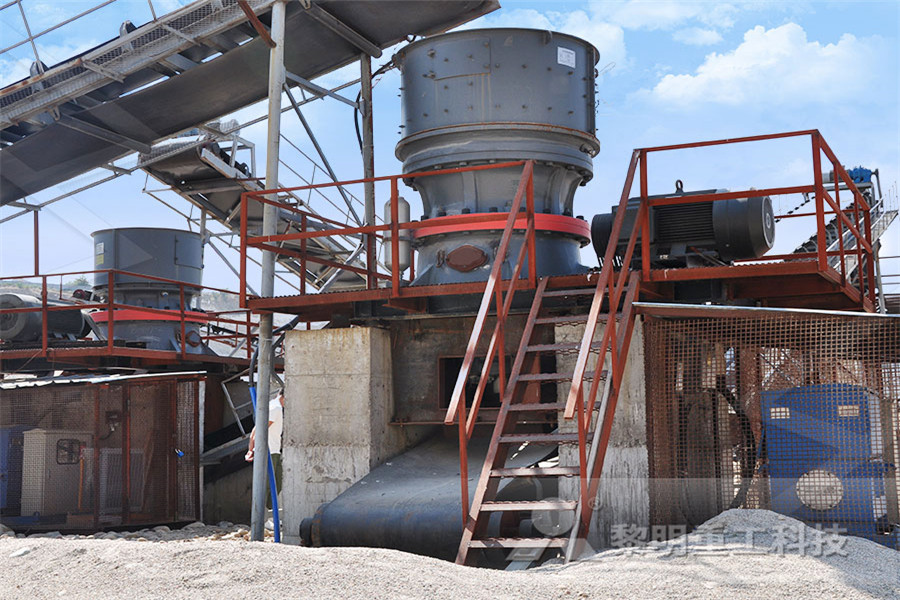
What Is Iron Ore Sintering? (with pictures)
Specifically, iron ore sintering requires the use of fine ore, produced by crushing highgrade iron ore into particles only a few millimeters in diameter Depending on the specific machine and iron ore sintering process used, substances such as coke breeze and burnt limestone are used to ignite and heat the iron ore particles until the A Iron ore sintering is considered a 1D transient process; the lateral transfer of heat and mass across the bed being negligible B The continuum of the gas (O2, CO2, CO, H2O and N2) and solid (coke, limestone, lime, dolomite, magnesia, water, hematite and magnetite) phases; with the gases flowing through a stationary bed of solidsNumerical Modeling of the Iron Ore Sintering Process The sintering process is applied to produce iron ore agglomerates with appropriate properties from iron ore powders which cannot be used in a blast furnace In a typical sintering plant, depicted in Fig 1 , various kinds of iron ores, coke, and limestone are mixed with water in a rotating drum to form agglomerates, which are charged into a Identifying major zones of an iron ore sintering bed
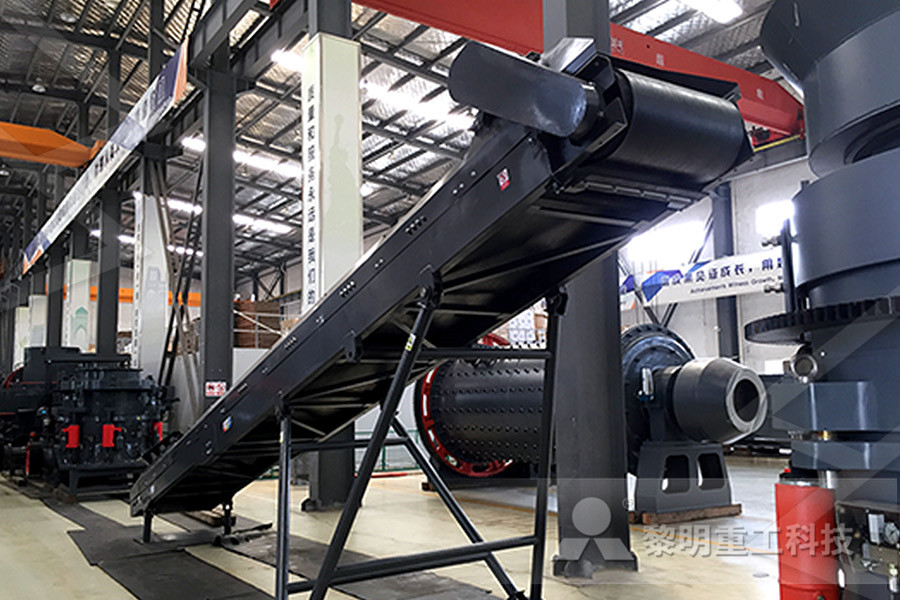
Combustion characteristics in an iron ore sintering
Fig 1 shows a schematic diagram of the sintering process Various kinds of iron ores, coke, and limestone are mixed with water in a rotating drum and form pseudoparticles They are fed into a sintering bed having a length of ∼100 m and a height of ∼06 m and move along a The sintering process converts finesized raw materials, including iron ore, coke breeze, limestone, mill scale, and flue dust, into an agglomerated product, sinter, of suitable size for charging into the blast furnace The raw materials are sometimes mixed with water to provide a cohesive matrix, and then placed on a continuous, travelling The Relationship Between Mining and Sintering Modeling Sintering Process of Iron Ore Jose Adilson de Castro Graduate Program on Metallurgical Engineering Federal Fluminense University Brazil 1 Introduction In this chapter, a methodology for simulating th e sintering process of iron ore is presented In order to study the process parameters and inner phenomena, a mathematical modelModeling Sintering Process of Iron Ore IntechOpen
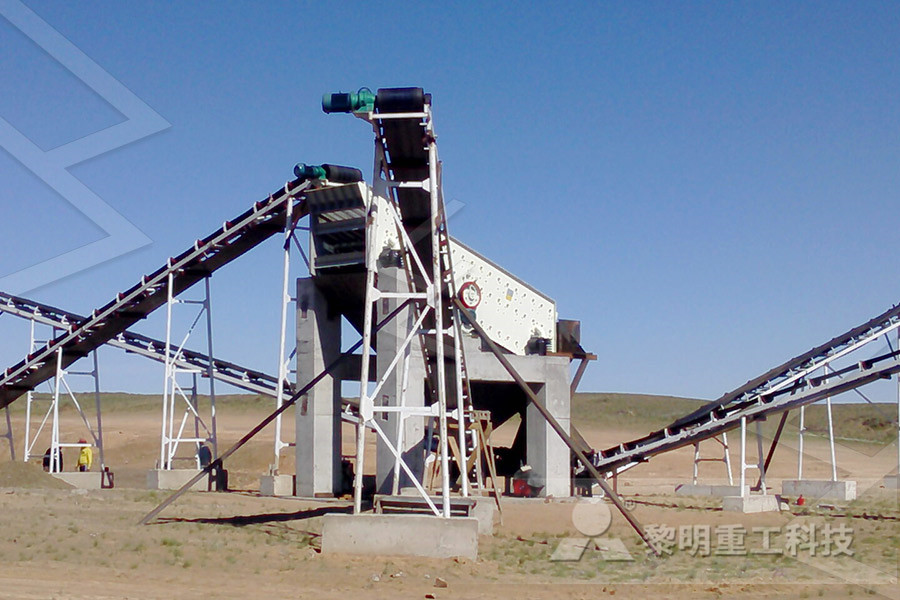
Sintering Hematite Iron Ore 911 Metallurgist
Table of ContentsCharacteristic Data of Ores and AdditiveCharacteristic Data of the ExperimentsSinter OutputPhysical Quality and Structure The authors investigate the influence of the basicity index CaO/SiO2 on the sintering properties of hematite ore mixtures The experimentation was performed with three different mixtures of ores from Tazadit, Nimba, ManoRiver, Itabira, Marcona, The calcined limestone reacts with the gangue constituents to form the semiliquid slag phase Reduction of hematite to magnetite by Co, initiated Fig 113: Factors involved in the granulation and sintering of iron ores The following factors play major roles in controlling the granulation characteristics of sinter mixCHAPTER11 FUNDAMENTALS OF IRON ORE SINTERING Sintering is one of the iron ore postprocessing steps to prepare iron ore fines for a blast furnace (another common process of iron fines agglomeration is pelletizing, but this will be part of another blog) Feed for a sinter plant consists of iron fines, coke, and flux (eg limestone) The feed is placed on a sintering bed, where thermal Efficient iron sintering process control Materials Talks
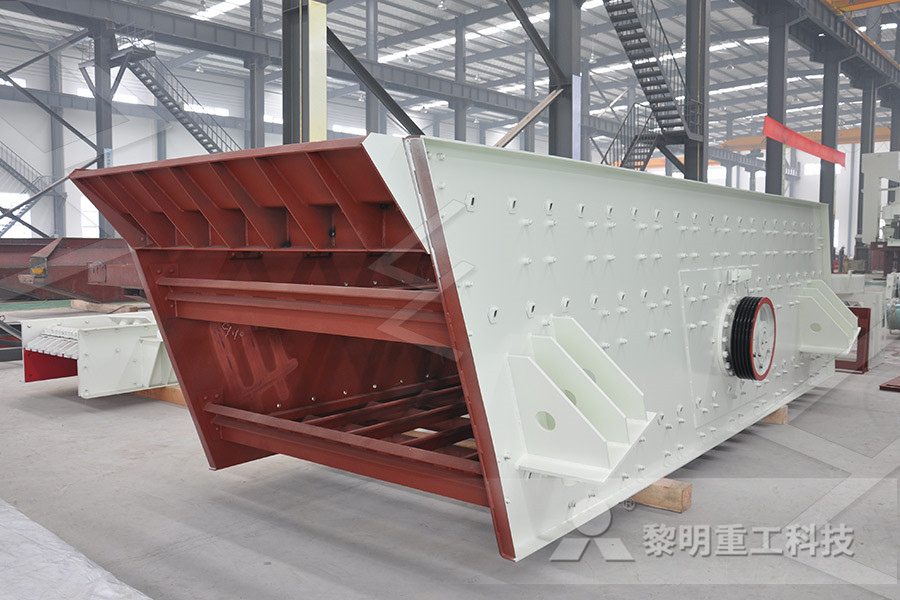
Numerical Modeling of the Iron Ore Sintering Process
A Iron ore sintering is considered a 1D transient process; the lateral transfer of heat and mass across the bed being negligible B The continuum of the gas (O2, CO2, CO, H2O and N2) and solid (coke, limestone, lime, dolomite, magnesia, water, hematite and magnetite) phases; with the gases flowing through a stationary bed of solidsSintering of iron ore is a preprocess vital to steel manufacturing It begins with the mixing of fine iron ore, solid fuel such as coke breeze anthracite coal, and flux such as limestone dolomite Sintered Iron Ore/ Sintered Ore (SO) is the result of the sintering process The product is made of ferrous and calcium which can be produced Sintered Ore Philippine Sinter Corporation Modeling Sintering Process of Iron Ore Jose Adilson de Castro Graduate Program on Metallurgical Engineering Federal Fluminense University Brazil 1 Introduction In this chapter, a methodology for simulating th e sintering process of iron ore is presented In order to study the process parameters and inner phenomena, a mathematical modelModeling Sintering Process of Iron Ore IntechOpen
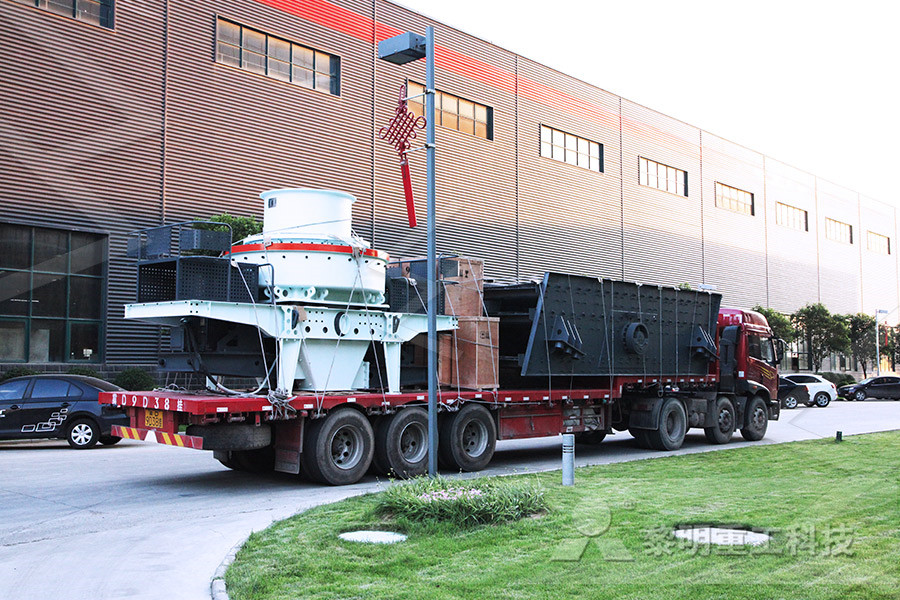
Effects of Sintering Materials and Gas Conditions on
The starting materials for the iron ore sintering experiments were: a bulk iron ore blend, limestone, dolomite, silica sand, manganese ore, cold return fines (CRF) and New Zealand ironsand, supplied by BlueScope Ltd The chemical compositions of the raw materials are reported in Ref 14) Each raw material component, except the ironsand,Iron and steel production environmental protection agencythe sintering process converts finesized raw materials, including iron ore, coke breeze, limestone, mill scale, and flue dust, into an agglomerated product, sinter, of suitable size for charging Live Chat; Iron Ore Processing For The Blast FurnaceLimestone Iron Ore Processing Flow Sheet Table of ContentsCharacteristic Data of Ores and AdditiveCharacteristic Data of the ExperimentsSinter OutputPhysical Quality and Structure The authors investigate the influence of the basicity index CaO/SiO2 on the sintering properties of hematite ore mixtures The experimentation was performed with three different mixtures of ores from Tazadit, Nimba, ManoRiver, Itabira, Marcona, Sintering Hematite Iron Ore 911 Metallurgist
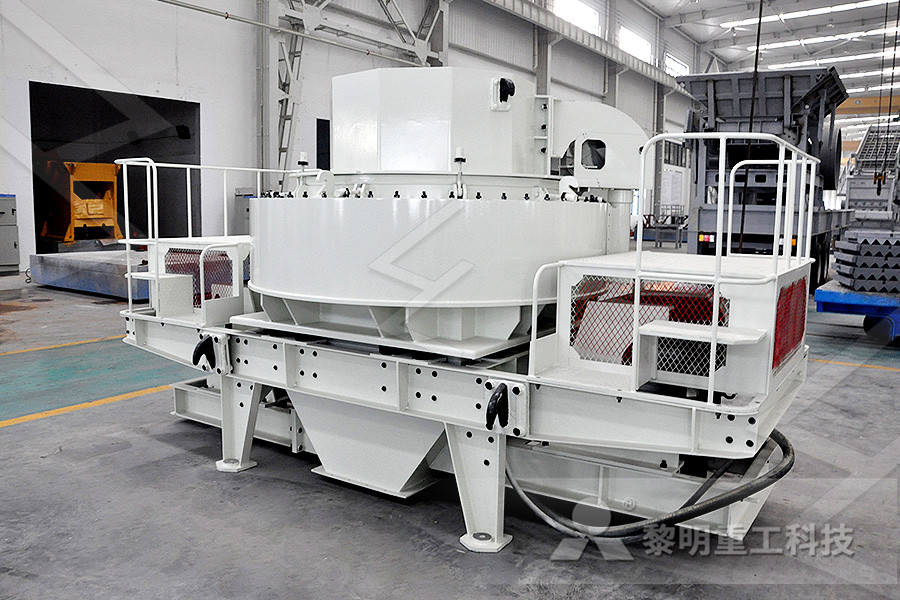
Calcination of Limestone – IspatGuru
Calcination of Limestone Lime is also used in different quantities in the sintering process for the preparation of iron ore, in the desulphurization of pig iron, for acid neutralization, and in water treatment facilities Limestone is a naturally occurring mineral Limestone deposits have wide distributionRaw materials were from a sintering plant in China, which contained iron materials (five kinds of iron ores and return fines), fluxes (quicklime, limestone, dolomite and serpentine) and coke The chemical components of raw materials are shown in Table 1 OreA and oreB were limonite ores from Australia, oreC was Marra Mamba ore,Effects of Iron Ores on the Combustion Behavior of Coke